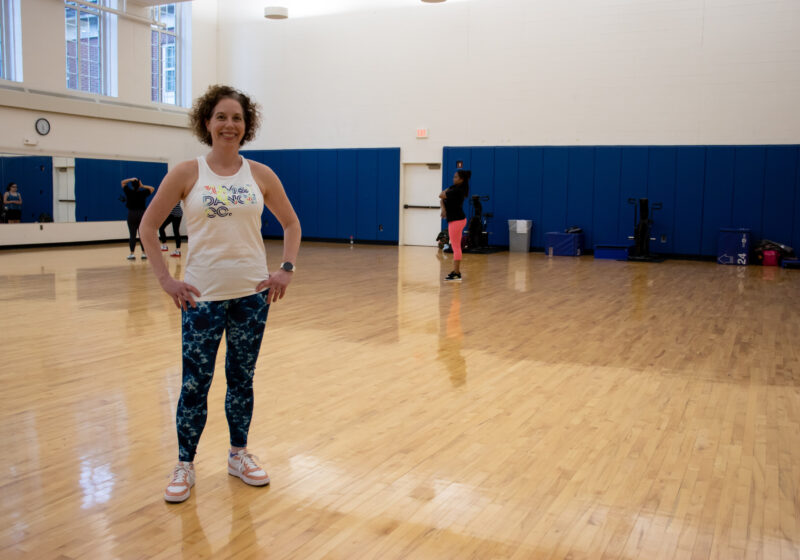Ryuko Mizutani’s koto concert performance on Feb. 7 featured a spectrum of contemporary and traditional pieces for the Japanese stringed instrument that provided a concert with various textures.
It was a chance for those who were relatively unfamiliar with the koto to investigate the techniques and adaptations of the koto as a solo instrument.
Also featured were both the Eastman Gamelan Professor Lila Muni and Pia Liptak on violin. Yoko Nishi, Miki Maruta and Kayoko Nakagawa, who are also accomplished koto players, accompanied Mizutani in several pieces for koto quartet.
Mizutani, who was born and raised in Japan, began to study koto at age 10. Since moving to Rochester two years ago, she has begun to teach and perform koto in the area.
She has toured several countries with the Kazue Sawai Koto Ensemble and has recently been collaborating with many Western artists to premiere new pieces for koto.
The koto was brought to Japan from China between the sixth and eighth century A.D. and was primarily incorporated into court ensembles, but began to develop its own traditional repertoire by the 16th century.
If you don’t know what a koto is – picture a six-foot long, wooden body with 13 strings running its length, suspended horizontally on a stand.
The left hand is used to bend the pitches of the strings and move the bridges when needed, while the right hand does the plucking.
However, in the last two centuries, the number of strings on the koto has increased from the traditional 13 string koto to a more modern 25 string koto designed to play more Western diatonic scale-based music.
The program opened with a contemporary piece “Mejong Yuda” for koto quartet and the gamelan, a fast-paced introduction into the evening that exhilarated audience members.
You could almost detect sections of the music that were standard rock ‘n’ roll eighth-note rhythms.
The evening’s program followed with pieces that jumped from either ends of the koto history time line, providing the audience with plenty of variance of textures and adaptations.
The more contemporary pieces seemed to capture listeners and invite them to take on a more active position in the interpretation of the piece while the pieces using more traditional techniques transfixed the listener to a more passive role.
“Ice Flower,” the duet between Mizutani on koto and Liptak on violin, also incorporated the use of Liptak’s photographs of frost patterns on a projection screen. It was also the world premiere of Eastman Composition Professor David Liptak’s work for Japanese koto and violin.
Overall, the contemporary pieces contained such a diversity of texture that was not always expected from the beginning of each piece. They did not present a smooth or well-established course from beginning to end, but rather skipped between all points in the middle.
For anyone that was previously familiar or unfamiliar with koto music, the concert provided a rich variety of musical shades that could satisfy diverse interests.
Mizutani’s passion for contemporary and experimental music was easily observed by listeners, which further enhanced her performance.
The concert was described by Mizutani as “a new experience” for all audience members of any background in koto music.
Figueredo can be reached at ofigueredo@campustimes.org.
